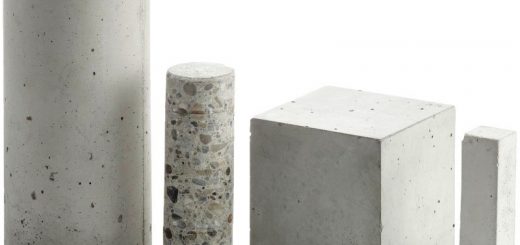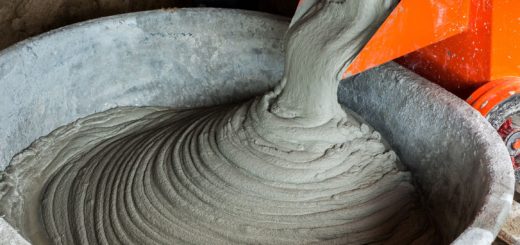Density of Sand: A Comprehensive Guide
Sand is a ubiquitous material that we encounter in various forms throughout our lives. Whether it’s building sandcastles on the beach or observing sand dunes in the desert, this granular substance holds a fascinating world of science within its tiny grains. In this article, we will delve into the topic of “density of sand” to unravel the secrets hidden beneath the surface.
Sand is an integral part of our natural environment, comprising tiny mineral or organic particles that have settled over millennia. Its density varies widely based on numerous factors, making it a compelling subject of study.
Density is defined as the mass of an object divided by its volume. In the case of sand, it refers to how tightly packed the sand grains are within a given space.
To determine the density, we need to know both its mass and volume. This involves carefully measuring and weighing a known quantity of sand.
Sand isn’t a single uniform substance. It can be composed of various minerals such as quartz, feldspar, or even shell fragments, each influencing its density.
The density of sand varies because of its different compositions and the way it’s deposited over time.
Factors Influencing Sand Density
- Grain Size
The size of sand grains plays a crucial role in determining its density. Finer grains tend to pack more tightly than coarser ones.
- Moisture Content
The presence of moisture can affect its density significantly. Wet sand is denser than dry sand due to the added weight of water.
- Compaction
The degree of compaction, or how tightly packed it is, also impacts its density. Loose sand has a low denser than densely packed sand.
Density Variations in Different Types of Sand
- Beach Sand
Beach sand / sea sand typically has a moderate density and is well-known for its use in constructing sandcastles.
The typical density of the beach sand is around 1500-1600 kg/m³
- Desert Sand
Desert sand, on the other hand, often has a lower density due to its larger, wind-weathered grains.
The typical density of the desert sand is in the range of 1450-1650 kg/m³
- Construction Sand; River Sand
Construction sand / river sand needs to meet specific density requirements to ensure stability in building projects.
The river sand density is vary in the range of 1600-1800 kg/m³
- Manufactured Sand
Manufactured sand is called as Msand in the construction. Manufactured sand is used as a replacement to the river sand.
The density of the manufactured sand is around 1750 kg/m³
The density is a complex topic influenced by various factors. Understanding it is essential for a wide range of applications, from construction to environmental conservation.




